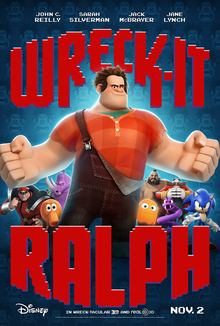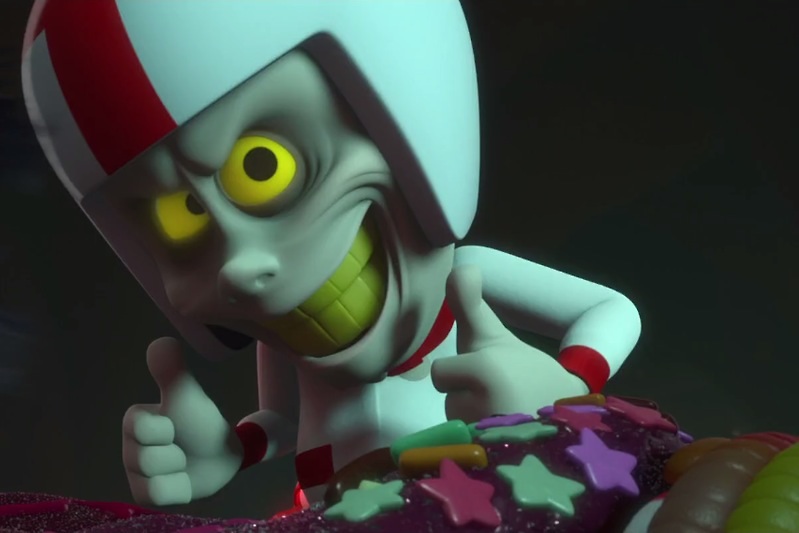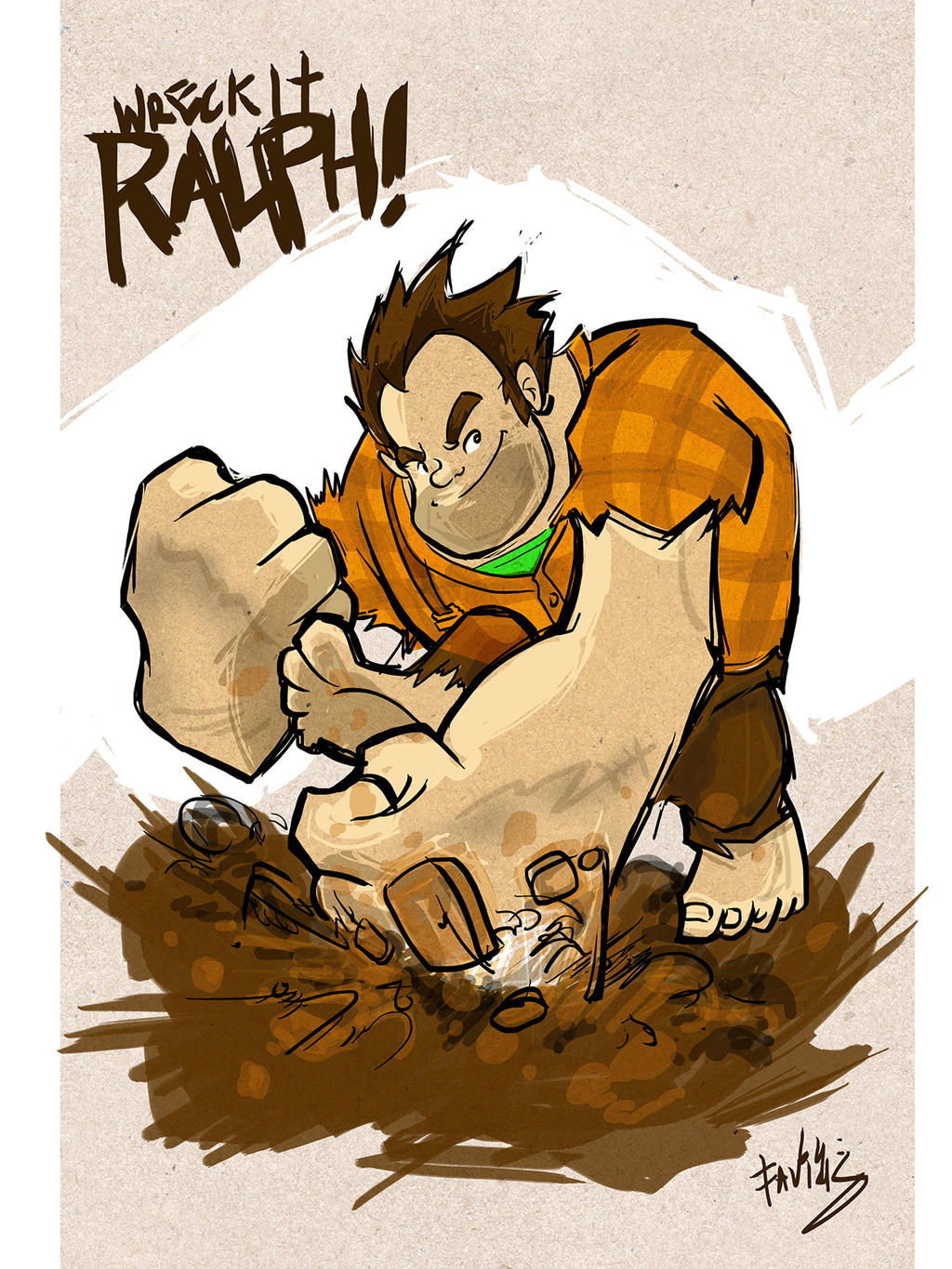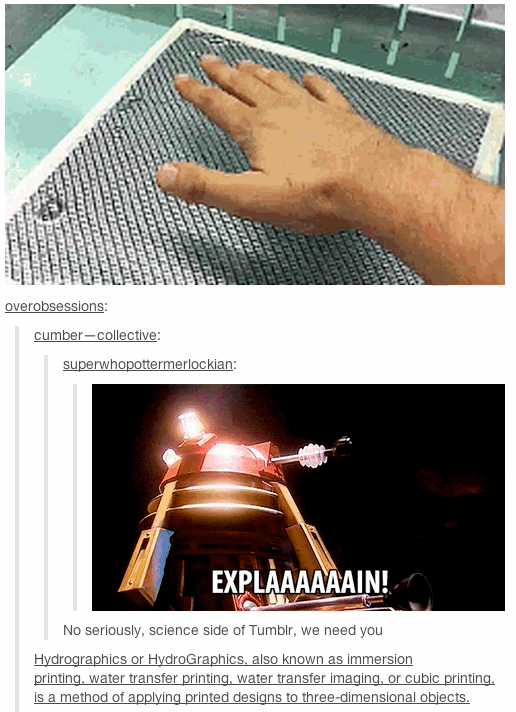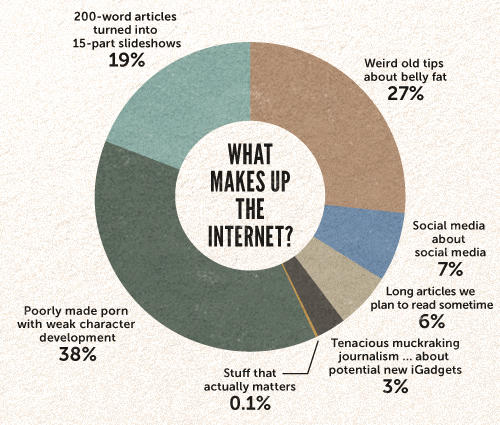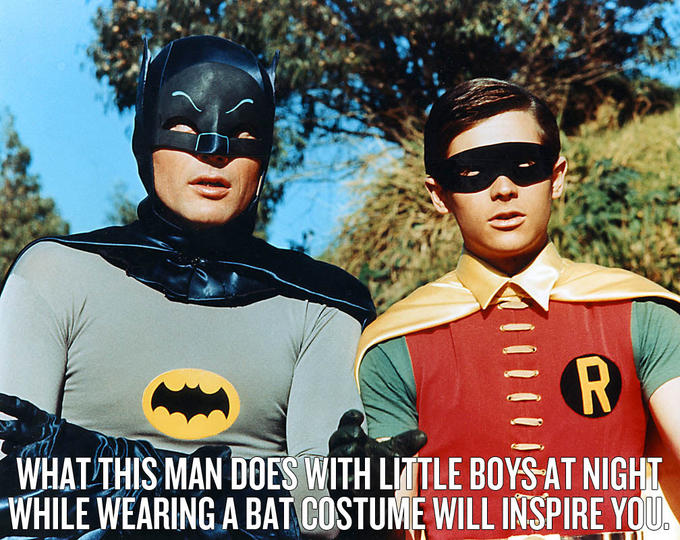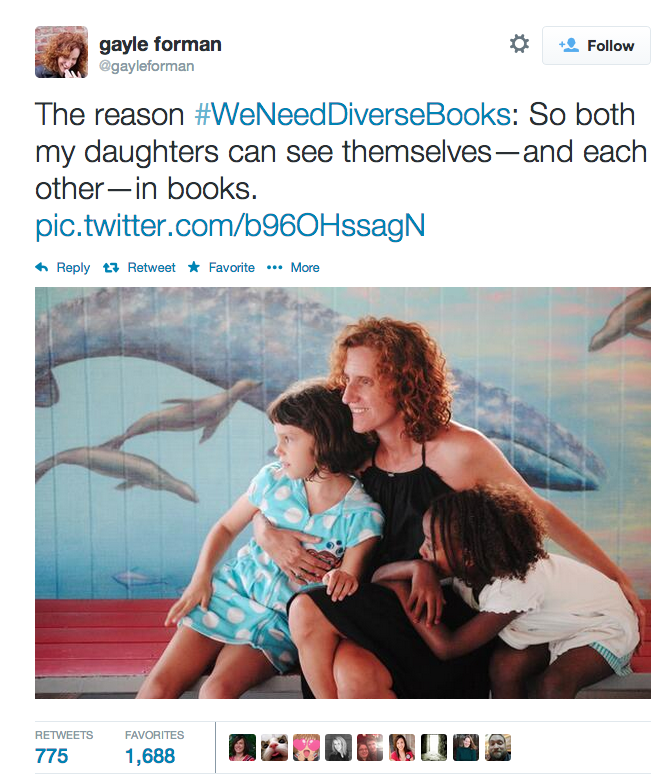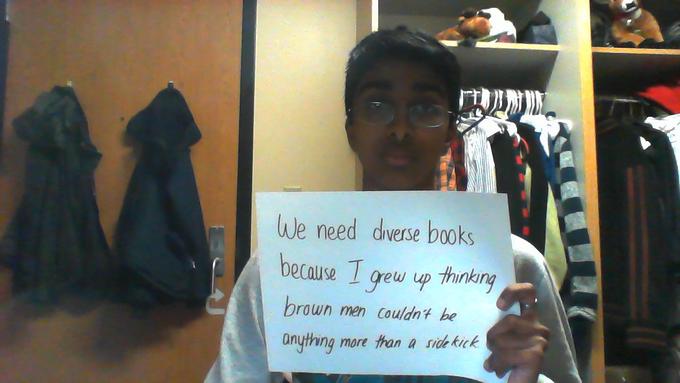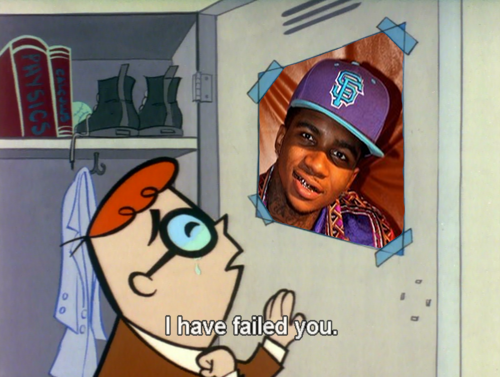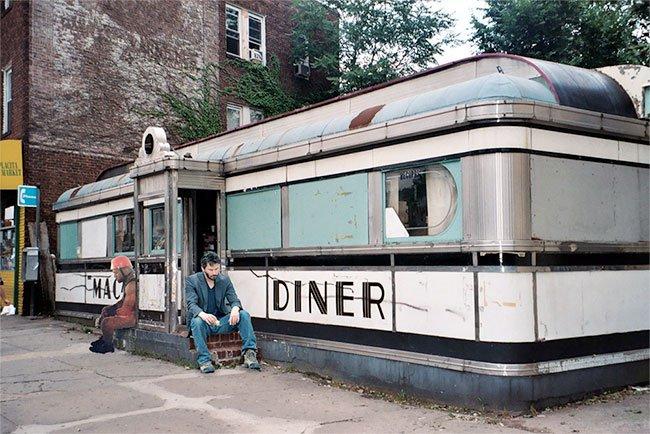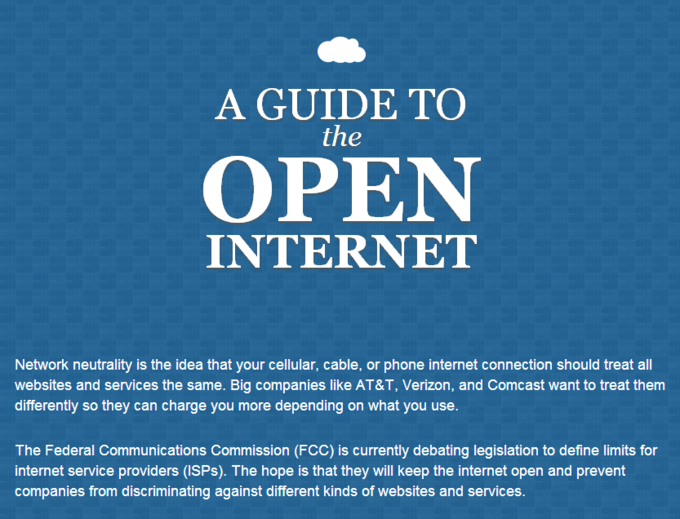About
Net Neutrality is a network design principle which advocates Internet service providers (ISPs) to treat all Internet traffic equally in order to maintain an “open Internet.” The principle is in opposition to a “closed Internet” in which providers restrict access to content, filter content or use “traffic shaping” to degrade access to specific web services.
Origin
Although the basic concept of net neutrality is often credited with the open access movement and political activist Lawrence Lessig as early as 2001, the term was first coined by Columbia law professor Tim Wu in a 2003 paper titled “Network Neutrality, Broadband Discrimination.” The paper proposed that legislation be drafted to ensure ISPs allow unfettered communication between network applications and Quality of Service (QoS) traffic.
Spread
In February 2004, United States Federal Communications Commission (FCC) chairman Michael Powell announced a list of “Network Freedom” principles, stating that consumers be given four freedoms, including “freedom to access content,” “freedom to run applications,” “freedom to attach devices” and “freedom to obtain service plan information.” On November 8th, 2005, Google published a blog post containing a letter to Congress promoting net neutrality by computer scientist Vinton Cerf.
Dear Chairman Barton and Ranking Member Dingell,
I appreciate the inquiries by your staff about my availability to appear before the Committee and to share Google’s views about draft telecommunications legislation and the issues related to “network neutrality.” These are matters of great importance to the Internet and Google welcomes the Committee’s hard work and attention. The hearing unfortunately conflicts with another obligation, and I am sorry I will not be able to attend. (Along with my colleague Robert Kahn, I am honored to be receiving the Presidential Medal of Freedom on Wednesday at the White House for our work in creating the Internet protocol TCP/IP.)
In April 2006, the Save the Internet online activist organization was formed by the Free Press advocacy group, which includes a coalition of businesses and non-profit organizations aiming to protect net neutrality with a proposed “First Amendment” for Internet rights. On May 11th, YouTuber Ask A Ninja posted a video in which a man dressed in a ninja costume humorously explains the basics of net neutrality, gathering more than 1.1 million views and 600 comments in eight years (shown below, left). On June 5th, the YouTube channel Politicstv uploaded a video titled “Save the Internets,” in which the electronic musician Moby attempts to confront uninterested people on the street about net neutrality (shown below, right).
On November 5th, 2007, the Net Neutrality Squad activist group was formed to enlist Internet users to report any actions by ISPs deemed threatening to net neutrality. On November 14th, president Barack Obama gave an address at Google announcing his commitment to preserving network neutrality (shown below, left). On June 8th, 2008, YouTuber AtheneWins uploaded a video promoting the protection of net neutrality, gaining upwards of 3.06 million views and 4,200 comments in the first four years (shown below, right).
On September 30th, 2009, the /r/netneutrality subreddit was launched for discussions related to the controversial topic. On December 22nd, 2010, designer Mike Ciarlo created the website The Open Internet, containing an animated presentation arguing the case for net neutrality. Two days later, Redditor rednightmare submitted the site to the /r/technology subreddit, where it gathered over 2,500 upvotes and 370 comments prior to being archived.
![]()
On September 23rd, 2011, the FCC released rules stating that ISPs must disclose all network management practices, refrain from blocking any lawful content or discriminate in transmitting lawful network traffic. On April 3rd, 2013, the website WhatIsNetNeutrality.org was created, which contains an interactive timeline outlining the history of net neutrality.
FCC Announces Proposed Internet “Fast Lane”
On April 23rd, 2014, the FCC announced their proposal to change net neutrality rules to allow content companies to pay Internet service providers for special “fast lanes” that would deliver content at increased speeds. The following day, a petition was created on the White House website We the People urging the Obama administration to reject the FCC’s plans to allow preferential treatment to content providers (shown below).
![]()
On May 3rd, Redditor dydorn submitted a post urging viewers to sign the petition and contact the FCC to fight the “fast lane” proposal to /r/technology, where it received upwards of 12,000 upvotes and 560 comments in the first 48 hours. On May 5th, YouTuber CGP Grey uploaded a video titled “Internet Citizens: Defend Net Neutrality,” which explained the basics of net neutrality and urged viewers to contact the FCC to reclassify broadband Internet as a “title II common carrier telecommunications service.” That day, Redditor Igore34 posted the video to the /r/videos subreddit, where it accumulated over 22,100 upvotes and 790 comments within 10 hours.
Notable Issues
Data Discrimination
One of the most frequently debated issues in network neutrality concerns data discrimination, or the selective filtering of information by an Internet service provider. Proponents of the net neutrality assert that one class of customers should not be favored over another in treatment of traffic, as such prioritization would constitute a form of censorship and inequality in access to the Internet.
Consumer Rights
Yet another major point of debate in network neutrality addresses the issue of “double-dipping” by network owners, or the act of charging consumers twice for Internet access, at first by charging individual consumers for access to the network and then incurring additional costs by charging the service providers with a separate fee for their Internet access, the burden of which is usually passed onto the consumers in the form of price hikes.
Innovation
The issue of innovation has often been brought up in discussions of net neutrality, as proponents of the principle argue that startups and small-time entrepreneurs would have to face higher entry barriers and costs under the framework of tiered-networks, which would ensure big companies and service providers to monopolize the “fast lanes” of the Internet.
Privacy
Infringement of privacy has been another growing concern among the proponents of network neutrality. Because the current lack of legal safeguards enables the Internet service providers to directly control a user’s Internet connections and access the devices, some speculate that the profit-driven network providers could easily analyze what their subscribers are viewing and sell that information to the highest bidder.
Related Memes
Series of Tubes
On June 28th, 2006, former Alaskan Senator Ted Stevens told the world, “The internet is not a big truck. It’s a series of tubes,” among other odd choices of wording while trying to criticize an amendment that would have prohibited ISP’s from charging for a tiered Internet structure.
Search Interest
External References
